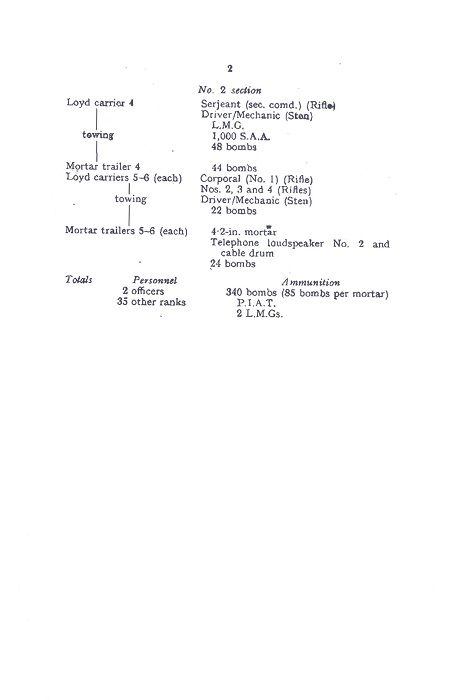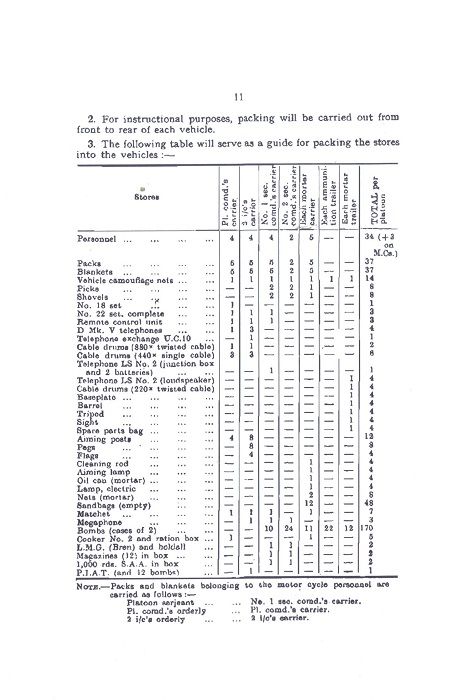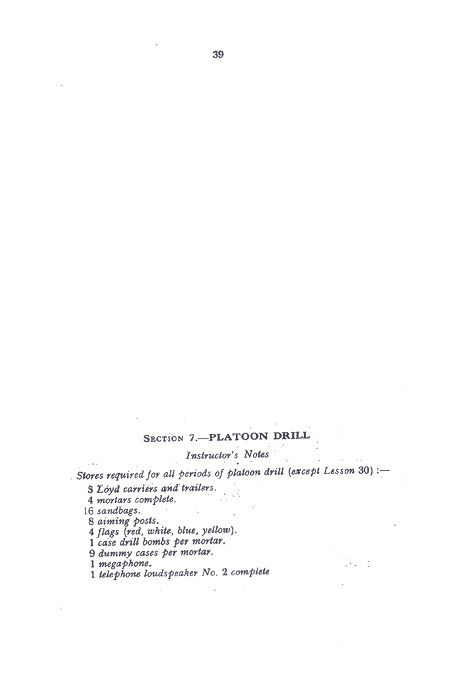
 |
|
|
|
#1
|
|||
|
|||
|
Bruce: Nice to learn the official name of these is Loud Speaker No. 2. On the back of the one I posted, I can see a trace of the original stencil, which seemed to have more information than just the later "LOUDSPEAKER" Stencil. I will have to treat this with some fine sand paper and see what turns up.
Is it possible these loudspeakers evolved through several versions? The set Euan posted seem to have just two terminal posts in the top corners of the front face. My four, and all the others I have ever seen in these parts have four terminal posts as per my original comments. Could these be a later version which provided more application options, or an earlier version for which the lower terminals proved unnecessary? That raises the question these speakers may not, in fact, require all four terminals to be connected in any given installation. Euan: Thanks for posting your photos. The white outline around the signal button on three of your speakers is something I will have to look more closely for on mine. Yes, mine also lock together in pairs and each came with the 'standard' signals canvas strap that shows up on Fuller Phones, RCU's and the series of field telephones. Those suckers get right heavy fast when paired together don't they! Hopefully some manuals will turn up dealing with these things one day. Cheers for now. David |
|
#2
|
|||
|
|||
|
Sorry, I meant to ask this earler.
No rush, but when you get a chance, can you post some photos of the insides of that L.S. No.2 Canadian Control Unit Mk I? Thanks, David |
|
#3
|
|||
|
|||
|
Hello David
Telephone Loudspeaker was used to control a battery of 25 pdr's or 4.2" mortars. The L.S. No.2 Canadian Control Unit was located at the CP and connected to the Loudspeakers by 2 wire cable. The CP could send instructions to the guns and the guns could reply by pressing the Push button and then yelling into to speaker to send a reply. Some scans from a 1943 British 4.2" Mortar Manual. Geoff     
Last edited by Hanno Spoelstra; 27-09-15 at 10:36. Reason: attached images, photobucket won't last forever! |
|
#4
|
|||
|
|||
|
Geoff:
Thanks for the additional information. Every little bit helps in better understanding this equipment. I had considered the speaker being used to 'mic' back information, as electronically there is little difference between mic and headphone element design/function, but the rather robust look of these speakers made me hesitate about that possibility. I dug up a second speaker and it has been repainted so much all traces of original stencils are long gone and just the 'PRESS TO SIGNAL" new printing is visible. I have a second pair tucked away somewhere and must track them down to see what they can tell me. Is the Control Unit a rare bird? With the large numbers of speakers that used to be lying about in these parts, I am puzzled I have never spotted the Control Units or manuals. David |
|
#5
|
|||
|
|||
|
As requested:
|
|
#6
|
||||
|
||||
|
Ive seen other pictures but this is what I could find.
__________________
Jordan Baker RHLI Museum, Otter LRC C15A-Wire3, 1944 Willys MB, 1942 10cwt Canadian trailer |
|
#7
|
|||
|
|||
|
I either have or had the CFTO for this setup. I may have given it to Derk Derin.
|
|
#8
|
|||
|
|||
|
This item showed up on eBay this past week from Holland. Appears to be a British Tannoy with a couple of noticeable differences from the Canadian Unit we have been discussing. I was tempted to bid but the shipping price could easily have exceeded the final cost of the unit. Also the differences made me hesitate.
The Canadian set has only four lines output, which makes sense to me as an artillery item. This British one, however, has six output lines, which is a puzzle. What would the two extra lines be used for, and would this have made the British set more versatile/flexible? David |
|
#9
|
|||
|
|||
|
Quote:
Some other types were: Telephone, Loudspeaking, No.5 (YA.5296) for "outdoor public address to small assemblies". This had a single speaker and the whole lot mounted on a folding metal frame Telephone, Loudspeaker No.3 (Obsolete in 1944 EMER) for use with W.S.9 in AFVs as an intercom between commander and crew. Telephone, loudspeaker No.4 (YA.4930) for use with H.A.A. or Z-battery sites using an omnibus circuit. (e.g. Command Post, G.L. Receiver Cabin, G.P.O, and a Z-battery C.P. (the last is for listen only). Then you get on to Apparatus Loudspeaking, which is for general P.A. work No.4 (man-portable) for ARP work No.5 (truck mounted) "a powerful mobile P.A. for propaganda purposes, etc." Chris. |
 |
| Thread Tools | |
| Display Modes | |
|
|
 Similar Threads
Similar Threads
|
||||
| Thread | Thread Starter | Forum | Replies | Last Post |
| M-220 mystery | Dano McLaren | Post-war Military Vehicles | 12 | 11-12-12 21:06 |
| Cab mystery | David_Hayward (RIP) | The Softskin Forum | 18 | 28-02-07 13:14 |
| Mystery Guy 4 x 4 | David_Hayward (RIP) | The Softskin Forum | 0 | 30-11-06 19:32 |
| Mystery box | RickYuke | WW2 Military History & Equipment | 4 | 11-05-06 16:07 |